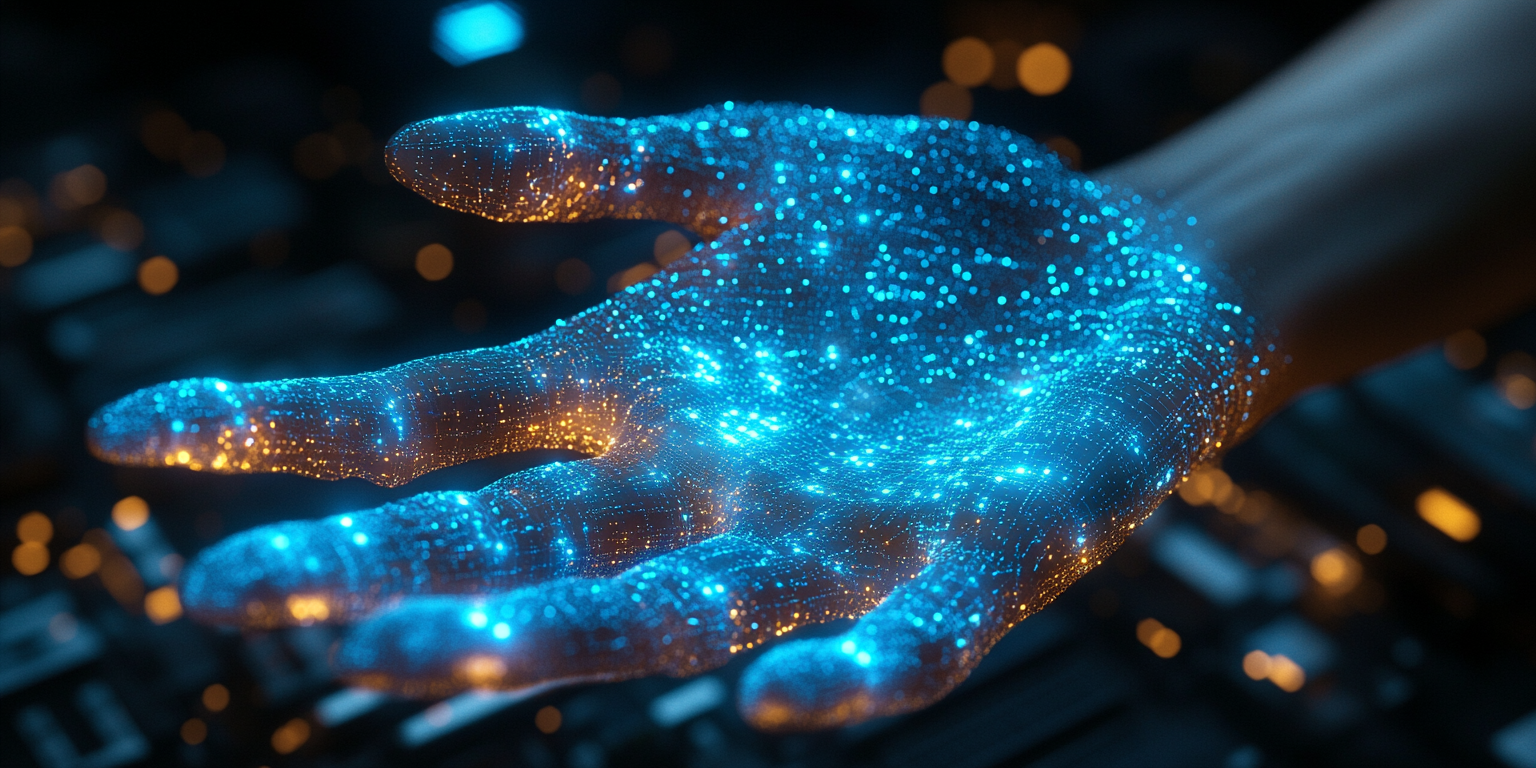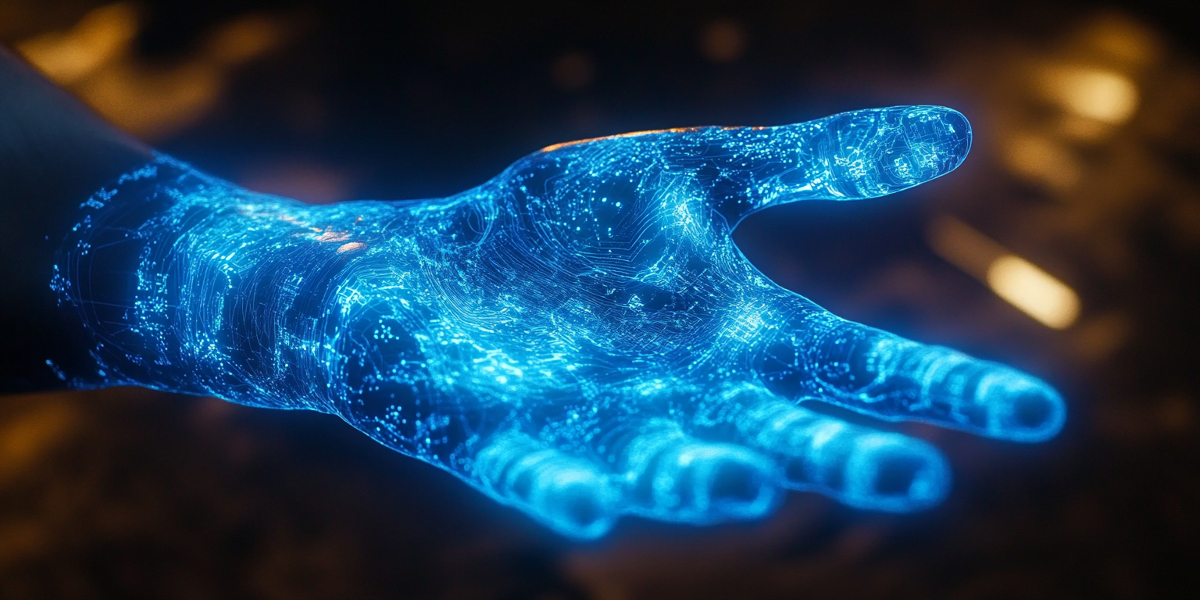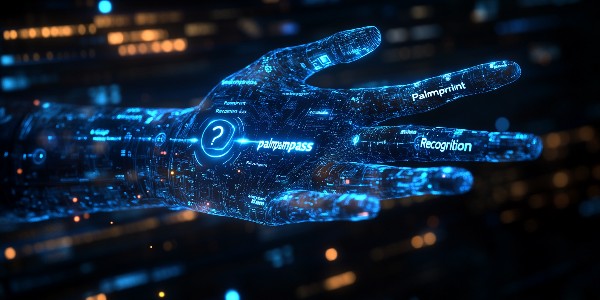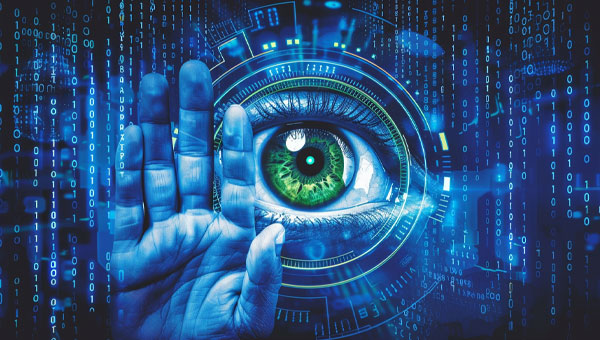Amazon Planning to Cover All US Whole Foods Markets with Palm Payment
Amazon announced that its palm print payment technology, Amazon One, will be expanded to more than 500 Whole Foods supermarkets in the United States by the end of this year. This expansion will make the payment process more convenient for consumers. They only need to hover their palms a few centimeters above the Amazon One scanner to complete the payment and enjoy membership benefits without having to take out their phones or wallets.
Advantages of palm print payment
Palm print payment is especially suitable for people who are in a hurry, forget to bring payment cards or the elderly. This payment method only requires users to hover their hands a few centimeters above the Amazon One scanner to complete the payment, which greatly simplifies the payment process. The registration process is also very simple. Users simply insert their credit cards in the store and lay their palms over the Amazon One device to complete the link between the credit card and the palm signature.
The Amazon One device does not save the collected biometric information, but encrypts the data and sends it to a secure area in the Amazon Cloud to create and store a unique "palm signature".
The superiority of palmprint recognition technology
Compared with other biometric technologies, palmprint recognition is more accurate, secure and convenient. Palmprint recognition does not rely solely on palm images, but also combines the palm and venous structures to create a unique digital vector representation (palm signature) for identity matching. Amazon One devices can collect palmprint and palm vein data at the same time, and use a combination of these features to identify users. The dual verification feature makes its recognition standard higher. Amazon claims that Amazon One is more accurate than scanning two irises and does not have any false positives.
In contrast, facial recognition technology has a lower cost of counterfeiting, and is prone to theft and misjudgment. Fingerprint recognition also has problems such as wet hands not being able to recognize. Palmprint recognition is more private. In daily life, palms are usually curled up, making them difficult to steal, and can only be captured in a living state, which increases security.
Technological competition in the retail battlefield
Amazon has been committed to improving the shopping experience. It launched the One-Click technology on its e-commerce platform as early as 2011, allowing users to directly skip the shopping cart and checkout process and quickly complete the payment. While at offline retail, palmprint payment is an extension of the One-Click technology, which simplifies the checkout process and reduces customers' waiting time and payment friction.
Other technology giants are also planning palmprint payment. Apple has a palm verification patent, and Tencent is also exploring a palmprint payment system and has piloted it on the Beijing Metro Daxing Airport Line. After WeChat launched the palmprint payment function, Alipay is also developing similar technology.
Challenges of technology promotion
Although palmprint payment has many advantages, its promotion still faces challenges. The high cost and complexity of the technology make it less cost-effective than the existing QR code payment system. The palm details are finer than the face, the recognition is complex, and the imaging requires specific conditions, which requires customized imaging modules and in-depth cooperation with camera module manufacturers. In terms of data collection, since there is no large-scale palmprint dataset, researchers can only collect data themselves, which increases costs.
Amazon once provided a $10 credit to users who registered for Amazon One, and WeChat also provided a small discount to attract users to try new features. But in the short term, palmprint payment serves as just one more payment option, and it is difficult to quickly replace the existing payment methods
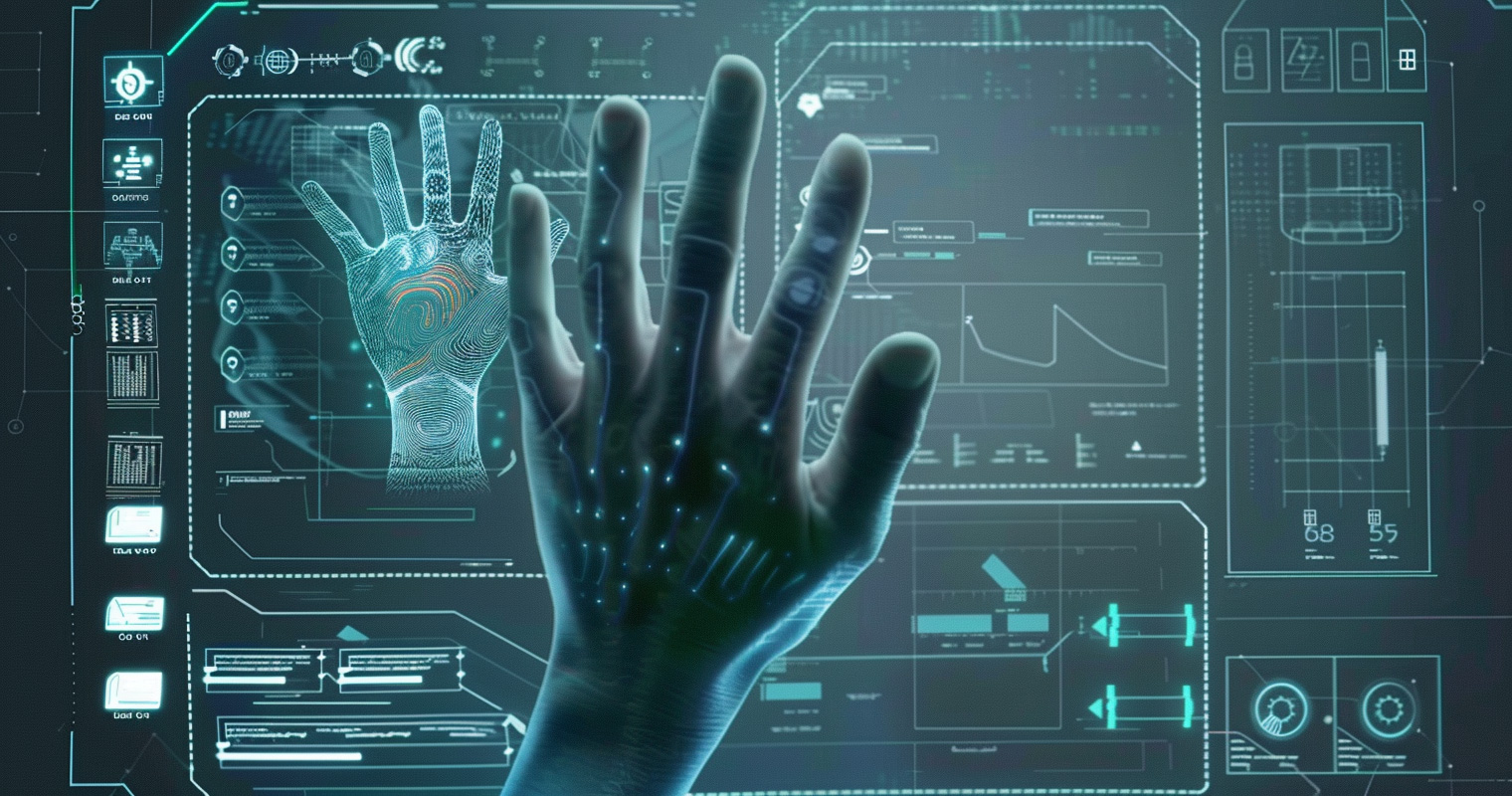
Data privacy and security considerations
The promotion of palmprint payment also faces data privacy and security issues. Whether users are willing to store their palmprint data in the Cloud remains a concern. Although Amazon promises data security, no system can absolutely prevent leakage and hacker attacks.
However, palmprint payment is not only a payment technology, but also an identity recognition technology that can capture more consumer information. For example, Amazon launched the function of age verification using Amazon One devices in Colorado. When purchasing goods that require identity proof, such as alcohol, users need to provide more personal information, including palm images, identity authentication, and selfies.
By combining biometric technology, offline payment information and Amazon account information, Amazon is able to track users' online and offline activities and provide personalized advertising and recommendations. This has enabled Amazon's advertising business to grow rapidly and has a huge impact on the company's profits.
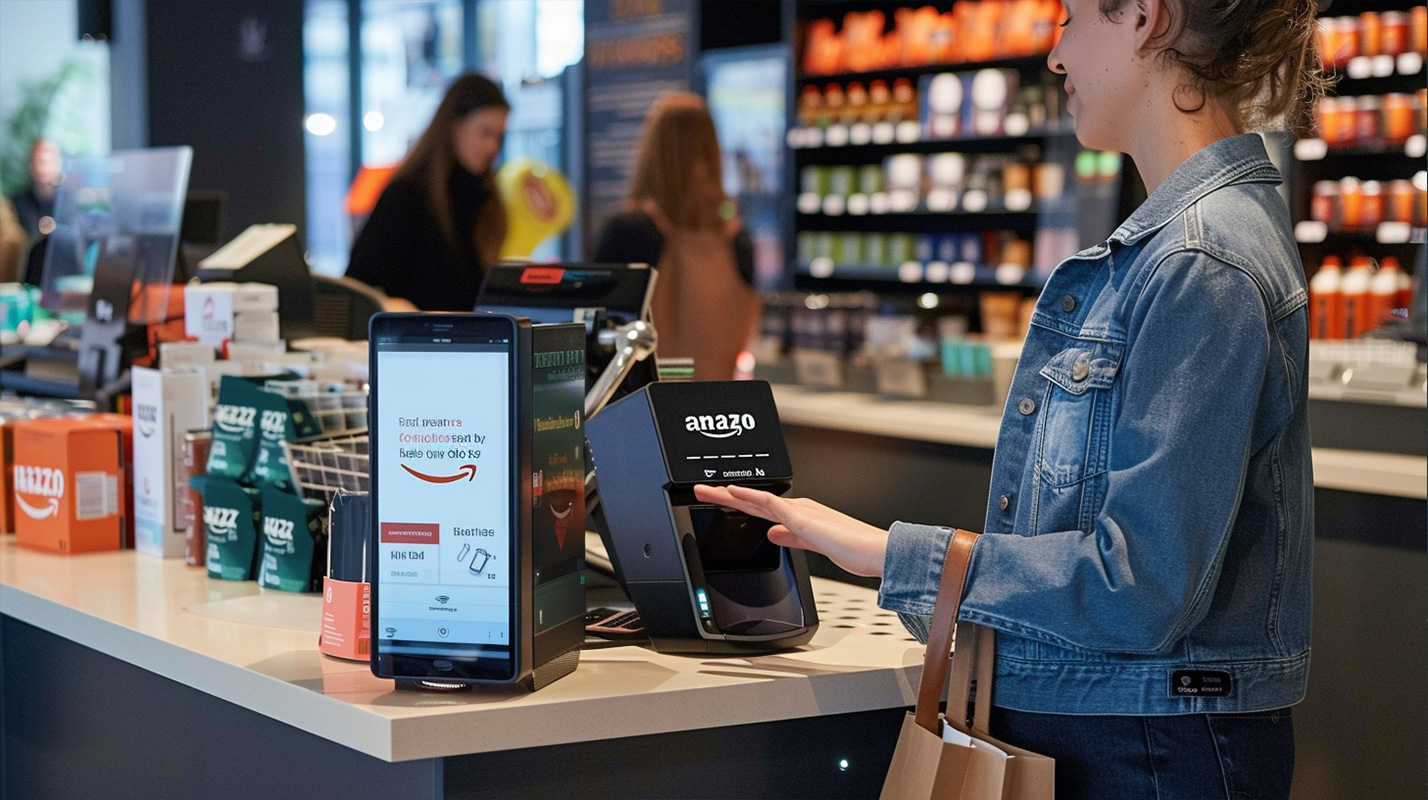
Although palmprint payment faces many challenges, its potential convenience and security creates an expected future. Amazon and other technology companies will continue to explore and promote this technology to improve changes in payment methods.




